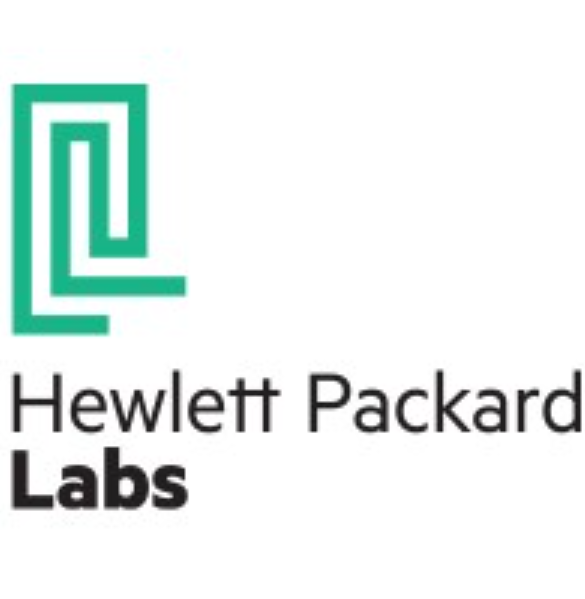In the latest episode of Hewlett Packard Labs’ podcast “From Research to Reality,” Dejan Milojicic hosted senior scientists Aishwarya Natarajan and Grace Johnson. The discussion was about their career paths, personal experiences and the exciting work Hewlett Packard Enterprise (HPE) is doing in quantum and quantum-inspired technologies.
Aishwarya Natarajan joined HPE Labs two years ago after completing her PhD at Georgia Tech, where she focused on innovative techniques for physical computing.
“During my PhD, I primarily focused on analog computing and neuromorphic computing. How do we get higher energy efficiency? How do we achieve fast computation?” she explained. At HPE, she continued this work as part of the AI research lab, specializing in the design of silicon structures known as Content Addressable Memories (CAMs).
Grace Johnson’s journey brought her to HPE Labs about eight months ago after completing her PhD in quantum chemistry at Stanford. She described her role: “I’m working on how to integrate quantum computers into HPC infrastructures, both from a software and hardware standpoint, as well as developing algorithms and identifying applications where those computational resources would be most useful.”

Both Natarajan and Johnson are deeply involved in pushing the boundaries of quantum and quantum-inspired computing. Natarajan elaborated on the applications of CAMs.
“We use these for a lot of applications ranging from machine learning models for explainable AI to quantum-inspired problems such as optimization,” said Natarajan. Johnson, on the other hand, reflected on the integration of quantum computers, stating: “For quantum computers to be useful in the future, they’re really going to be integrated into HPC infrastructures. You can think of a quantum computer as an accelerator specialized for certain kinds of problems.”
The discussion also touched on the evolution and future of quantum computing. Natarajan provided a historical perspective: “Quantum computing, inspired by quantum mechanics, dates back to the 1980s with Richard Feynman’s idea that quantum computers could outpace classical computing. This has led to significant interest and development, with big players like IBM and Google claiming quantum supremacy.”
Johnson added her vision for the future, paying attention to the importance of a heterogeneous ecosystem: “Different quantum modalities have their own strengths and weaknesses. The future will likely involve hybrid quantum-classical algorithms and potentially heterogeneous quantum computers tailored to specific problems.”
Their passion for their work is evident as they discuss the rewarding aspects of their careers. Natarajan shared this: “The steps we are taking and the hardware we are building are going to contribute to something that might change the world or push the boundary of research.” Johnson echoed this sentiment: “The ability and the freedom to learn lots of new things is really awesome. I just get to learn a lot, understand the field, and make some informed decisions.”
Natarajan and Johnson’s work at HPE Labs illustrates the potential of these new quantum and quantum-inspired technologies to change the landscape — from optimization to drug discovery. Their motivation toward pursuing the issues at hand, coupled with an out-of-the-box approach, is what will continue to drive the thrust of these cutting-edge technologies forward, promising a world where quantum computing is seamlessly integrated into daily applications.
















